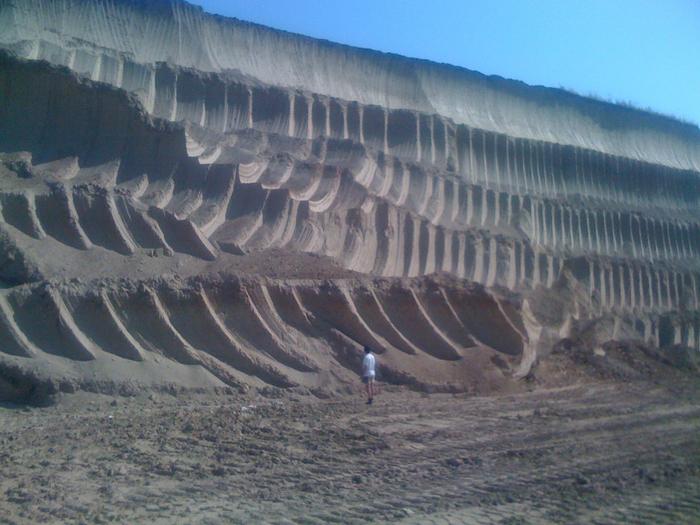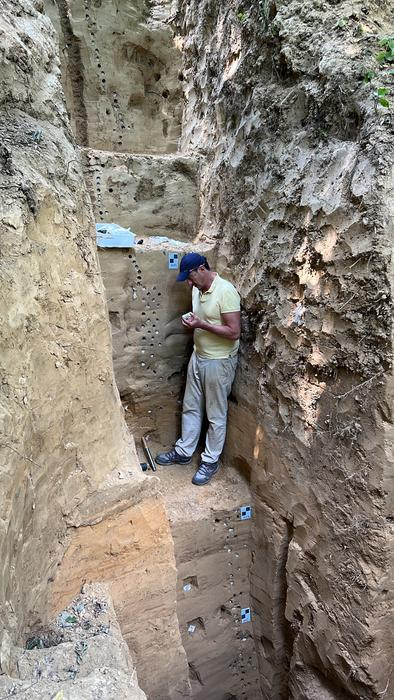Even before Homo sapiens had evolved, our ancestors had a brush with extinction. Evidence from different sources supports this theory, but provides contradictory estimates of the timing: One study claims it occurred 1.15 million years ago, while another placed it 200,000 years later. Reconsideration of the data supports the later figure – and may reveal one of the most important events in the human family tree.
Species’ genomes can carry evidence of times when organisms went through extreme bottlenecks, dropping to a small proportion of their previous population. The legacy of inbreeding these can leave behind can increase the danger of extinction for many generations, but some eventually recover.
In humanity’s case, the bottleneck occurred among an ancestor, probably Homo erectus, long before we as a species existed, but the legacy can still be found. However, when it comes to working out the timing of the event, geneticists and paleontologists have disagreed, with competing papers offering different dates. Resolving the question is important because without knowing the timing it is almost impossible to establish the cause. New work claims to have resolved the contradiction, and provided evidence for an unidentified human migration in the process.

A record of Earth’s temperature cycles over millions of years is preserved in this loess-paleosol sequence in Kostolac, Serbia, including a cold snap suspected of causing our genetic bottleneck.
Image Credit: Giovanni Muttoni
The case for the bottleneck occurring 930,000 years ago was made last year in a genetic study that calculated there were fewer than 1,300 hominins on the planet at the time. According to that research, this was no brief disaster. Instead, populations remained tenuously low – by modern standards humans belonged on the endangered species list – for 117,000 years. Modern human genetic diversity is almost two-thirds lower than it would have been without the bottleneck.
Even when that paper was published, an accompanying commentary raised doubts about aspects of the findings. Archaeological evidence suggested hominins were widespread at the time, the commentators argued, but for whatever reason most did not contribute to modern genetics.
Even the authors of that paper acknowledged genetics do not have all the answers in a case like this, and require archaeological support. Just a few weeks later, the same journal published independent evidence of a severe drop in the number of sites occupied by humans but placed it from 1,154,000 to 1,123,000 years ago – a notably shorter and earlier gap.
According to the second study, the disappearance of inhabited localities was the result of a sharp increase in climate variability that drove our ancestors out of Europe.
Authors Professor Giovanni Muttoni of the University of Milan and Professor Dennis Kent of Columbia University aimed to resolve the disagreement. They have concluded that the first major Pleistocene ice age occurred around 900,000 years ago, based on shifts in oxygen isotopes.
This aligns well with the genetic interpretation, but what about the archaeological gap? Muttoni and Kent reevaluated the sites in Europe and the Middle East that are supposed to reveal an earlier population crash and concluded that the dating is not as reliable as previously claimed.

Sampling of loess in Krakow-Zwierzniec, Poland. The researcher is standing level with evidence of early occupation by H. sapiens.
Image Credit: Giovanni Muttoni
There is also evidence of hominin presence in eastern Asia up to 2.1 million years ago, but these are so sparse that Muttoni and Kent argue it is not really possible to identify population shifts.
On the other hand, the pair argue sites of hominin habitation started appearing all over Eurasia around 900,000 years ago. They interpret this data as indicating that very dry conditions in Africa became so uncomfortable for our ancestors around this time that most died out. Meanwhile, low sea levels made it easier for the survivors to migrate out of Africa, becoming the ancestors of Neanderthals and Denisovans.
Muttoni and Kent claim that many other African animals, such as elephants, made similar migrations at the same time.
The authors are uncertain whether other members of the human family really established an earlier presence in Eurasia. If they did, Muttoni and Kent propose, they may have been outcompeted by the new arrivals or have died out earlier for different reasons. Either way, they left no legacy in the human genome, not even the small contributions Neanderthals and Denisovans made when the first H. sapiens made another journey out of Africa 100,000 years ago.
The study is published in the Proceedings of the National Academy of Sciences.
Source Link: Humanity’s Near-Extinction 900,000 Years Ago Preceded Great Migration